COVID-19 has brought tremendous attention to Food Banks. Newspapers nationwide included images of long lines of cars or people standing six feet apart waiting for food at food pantries in their top images of 2020. But something is lost in those images of people waiting for hours – the people.
Participants at our pantries are more than their circumstances. They are people with families and friends, with jobs and hobbies, with hopes and fears, with sorrows and joys. And many of them – like Phillis and Lee – are full of surprises.
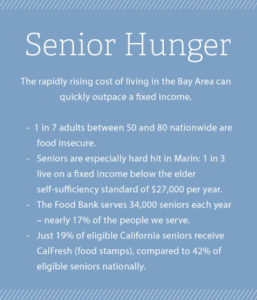 We first met Phillis (89) and Lee (81) in a line of cars waiting for groceries at the San Geronimo Valley Community Center’s Pop-up Pantry. They started coming to San Geronimo by way of the Community Center’s weekly senior lunch held on the same day as the pantry.
We first met Phillis (89) and Lee (81) in a line of cars waiting for groceries at the San Geronimo Valley Community Center’s Pop-up Pantry. They started coming to San Geronimo by way of the Community Center’s weekly senior lunch held on the same day as the pantry.
“We were friends with someone else who comes here. For weeks she kept saying you’ve got to come to the lunch, it’s great, you’ve got to come. Well finally we came,” explained Phillis. “We had lunch with her, and next door was the food pantry.”
Since coming to the pantry, they no longer need to spend money on groceries – a huge advantage considering almost half their income from Social Security goes to rent. Without it, Lee says, “we could survive.” Phillis pipes in, “but it would be very difficult.”
Despite their financial situation, they both say the real benefit of coming to the pantry has been the community.
“We are just so grateful for the San Geronimo Valley Community Center,” said Phillis. “We’ve met so many wonderful people, you can’t imagine.”
The Neighborhood Pantry: A Community Gathering
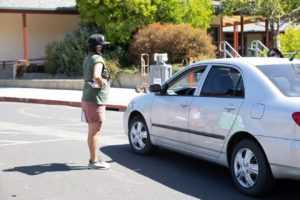
Before the events of 2020 neighborhood food pantries weren’t just the primary way the Food Bank gets food to those who need it—they were bustling, thriving communities. Regardless of if you were a volunteer or participant or both the pantry was a chance each week to catch up with friends. The farmer’s market-style meant not only that people chose the food they wanted, but that they were encouraged to mingle with their friends and neighbors before and after picking up their food.
“When you start talking to people, they may look old or they may look funny to you, but once you start talking to them, you just can’t imagine how much background there is, and just the lives they’ve led,” said Phillis. “When people say they are retired, you never hear their story.”
Lee agrees, “that’s so true. You think ‘boring’ until you know them.”
Lee and Phillis certainly were not boring, but they did have stories to tell—stories that went far beyond the pantry.
After talking to Phillis and Lee about why and how they started coming to the food pantry they mentioned they’ve only been married for three years. The two finish each other’s sentences constantly and have the banter of an old married couple, so you’d never guess it had only been three years.
Phillis said she was living in a veterans home in Yountville and “I needed a walking partner, and I heard him say he likes to walk.” Before she could say more, he chimed in, “it just grew.”
These are the kinds of stories you hear when you spend time at a pantry. At the Food Bank, our hope is food pantries will continue to foster this sense of community, and the food people receive will help to support the lives they want to lead—because everyone deserves to do more than just survive.




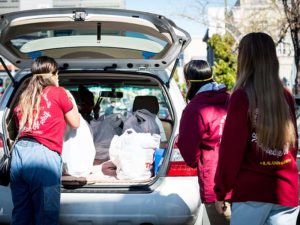
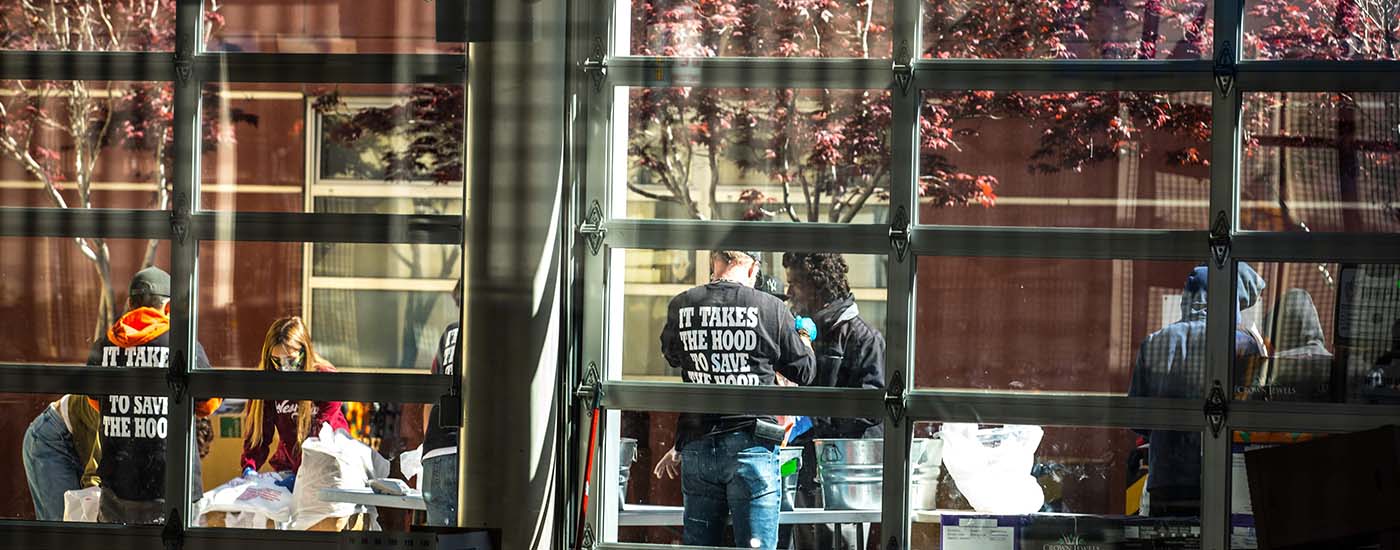

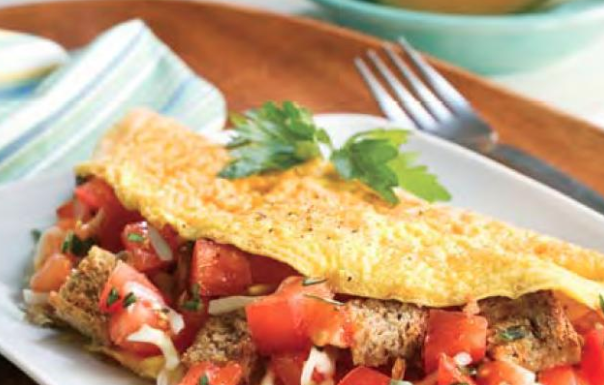

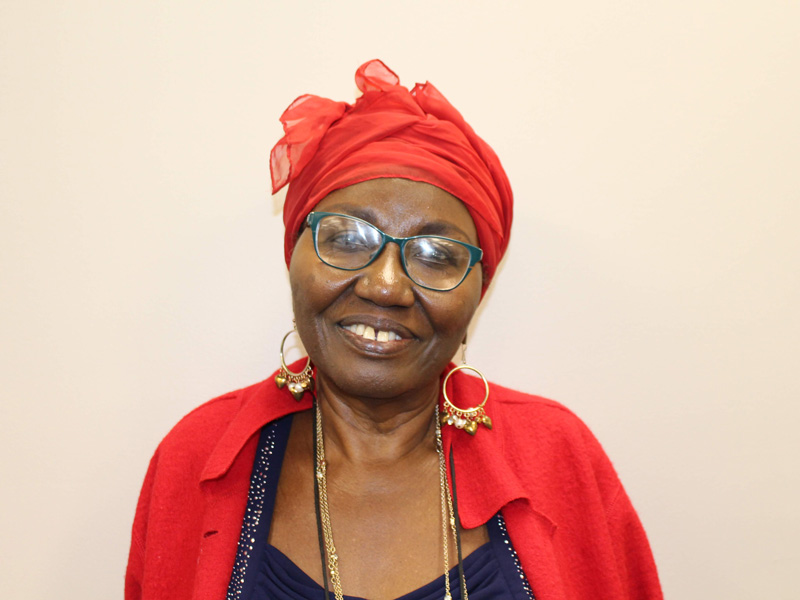


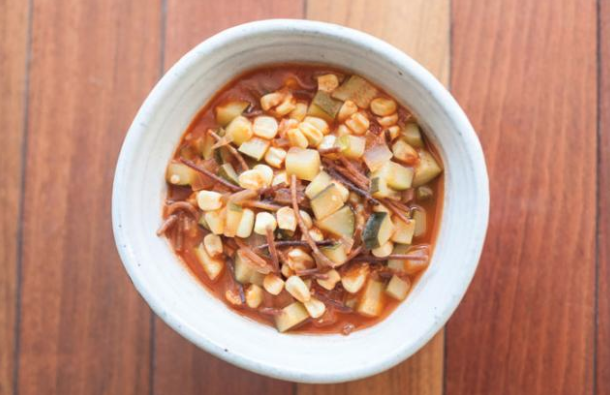
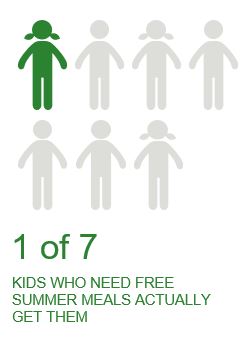
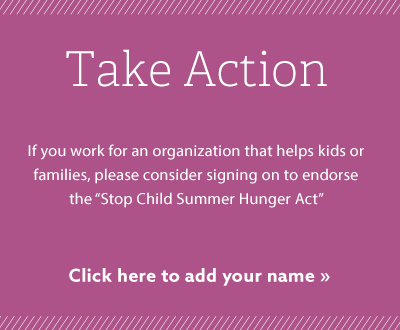
Share